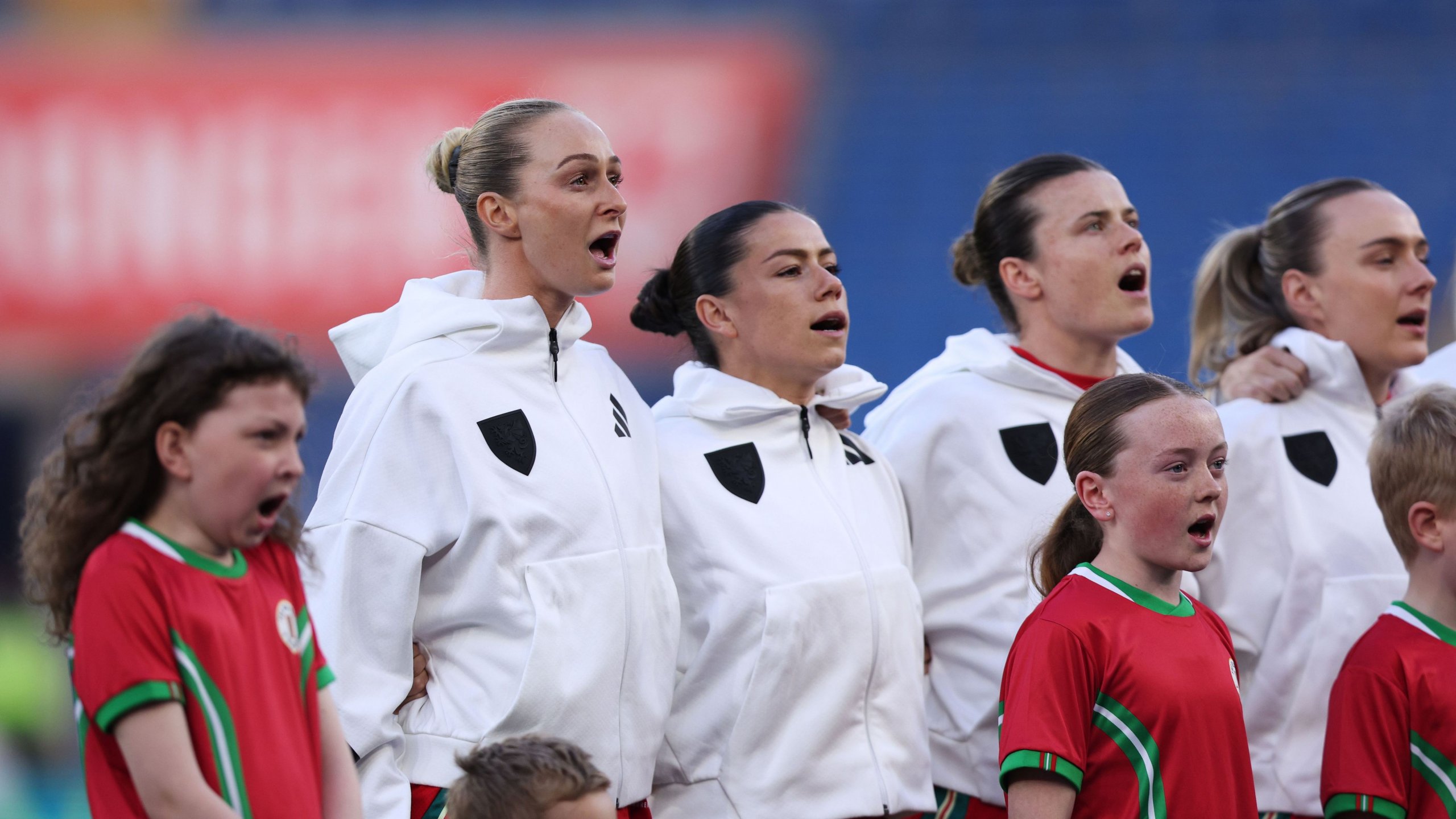Wales National Anthem: History, Lyrics & Sporting Pride
Wales national anthem has long stirred stadiums, village halls and global arenas alike, binding supporters and players in a single voice that echoes centuries-old pride. More than a pre-match ritual, the soaring melody of “Hen Wlad Fy Nhadau” (“Land of My Fathers”) crystallises Welsh identity and fuels the Dragons before every kick-off.
The Wales national anthem at a glance
Composed in 1856 by harpist James James with lyrics penned by his father Evan, the song was originally titled “Glan Rhondda”. Its transformation into the Wales national anthem began in chapel gatherings, spread through eisteddfod stages, then roared into rugby terraces and finally football stands. In under two decades it became the unofficial hymn of a nation, celebrated for honouring language, landscape and the sacrifices of patriots.
Origins of “Land of My Fathers”
Legend says James James found the lilting melody while walking beside the River Rhondda. Drawn by the tune’s plaintive rise and fall, he asked his poet-weaver father to craft verses that matched the rhythm. Evan’s three stanzas celebrate Wales as “land of poets and singers”, a mountainous paradise protected by “brave warriors”. Some historians suggest the lyrics were also a loving reply to Evan’s brother, urging him to stay in Wales rather than join the 19th-century exodus to America. Whatever the truth, the song’s passion resonated instantly with communities yearning to preserve culture during industrial upheaval.
Lyrics and their deeper meaning
Welsh verses
Mae hen wlad fy nhadau yn annwyl i mi,
Gwlad beirdd a chantorion…
The original Welsh text praises homeland, language and the heroic defence of freedom. Each chorus implores: “Gwlad, gwlad, pleidiol wyf i’m gwlad” (“Land, land, I am true to my land”), reinforcing loyalty while the sea remains Wales’ natural fortress.
English translation
“This land of my fathers is dear to me…
Her brave warriors shed their blood for freedom.”
The translation retains the anthem’s defiant tone, yet many believe its cadence and emotional pull are best felt in Cymraeg, a language the song itself vows must “endure for ever”.
From chapel to stadium: how sport embraced the Wales national anthem
The first recorded sporting rendition came in 1905 when Welsh rugby fans answered the All Blacks’ haka with a spontaneous choral wall of “Hen Wlad Fy Nhadau”. The moment electrified Cardiff Arms Park and cemented the anthem as a pre-match essential. Football followed more slowly; until 1975, teams still used “God Save the Queen” or “God Save the Prince of Wales”. That year, the FAW finally decreed “Land of My Fathers” should stand alone, giving Welsh football its own voice on the world stage.
Historic 2022 World Cup debut
When Gareth Bale and company stepped out in Qatar, the Wales national anthem sounded at a men’s World Cup finals for the first time. Global audiences witnessed the Red Wall’s thunderous rendition, a spine-tingling reminder of how a small nation can command colossal emotional volume.
Why the anthem matters to players and fans
1. Identity: Singing in Welsh reaffirms cultural heritage under pressure from anglophone dominance.
2. Unity: A single chorus unites the diaspora, whether in Llanelli pubs or Los Angeles fan zones.
3. Motivation: Sports psychologists note that communal singing releases endorphins, sharpening focus before kick-off.
Comparing anthems within the UK
Unlike “God Save the King”, which speaks to monarchy, the Wales national anthem venerates landscape and language. Scotland’s “Flower of Scotland” shares a similar grassroots adoption story, but “Hen Wlad Fy Nhadau” predates it by over a century and remains the only anthem in the UK routinely sung in a Celtic language.
The debate over official status
Multiple Senedd petitions have sought to enshrine “Land of My Fathers” as the legal Wales national anthem. Critics argue dual status with “God Save the King” suffices, while supporters claim legal recognition would strengthen linguistic preservation. Although no bill has yet passed, cultural practice has already decided: at sporting events and national ceremonies, “Hen Wlad Fy Nhadau” leads.
How to sing it like a local
1. Pronounce the aspirated “ll” by touching your tongue to the palate and exhaling.
2. Hold the penultimate note of each chorus (“bar-HAU”) to mirror the traditional rallentando.
3. Sustain volume through the final “O bydded i’r hen iaith barhau” to emphasise the plea for language survival.
Other appearances beyond football
• Commonwealth Games: Welsh athletes sing it beneath the red dragon flag, separate from Team GB.
• Boxing: Joe Calzaghe insisted the Wales national anthem precede every title defence.
• Cinema: The anthem’s melody underscores emotional climaxes in Welsh-set films such as “Pride”.
Future of the Wales national anthem
With Welsh-language schooling on the rise and the national team now a regular tournament qualifier, “Hen Wlad Fy Nhadau” seems poised for greater global familiarity. Streaming platforms already report spikes in anthem searches when Wales play; every broadcast plants another linguistic seed.
Conclusion & Opinion
The Wales national anthem is more than ninety-second pageantry; it is a living artefact guarding a tongue, a history and a collective self-belief. Unlike many anthems born in palaces or parliaments, this one rose from a father-and-son collaboration on the banks of the Rhondda, proving that sometimes the most enduring national symbols come from kitchen tables and community choirs. As long as the Red Dragon flies, expect “Land of My Fathers” to thunder across terraces, reminding the world—and perhaps the Welsh themselves—that a nation’s true power often rests in its song.
Your global gateway to nonstop football coverage:
Goal Sports News
Share this content:
